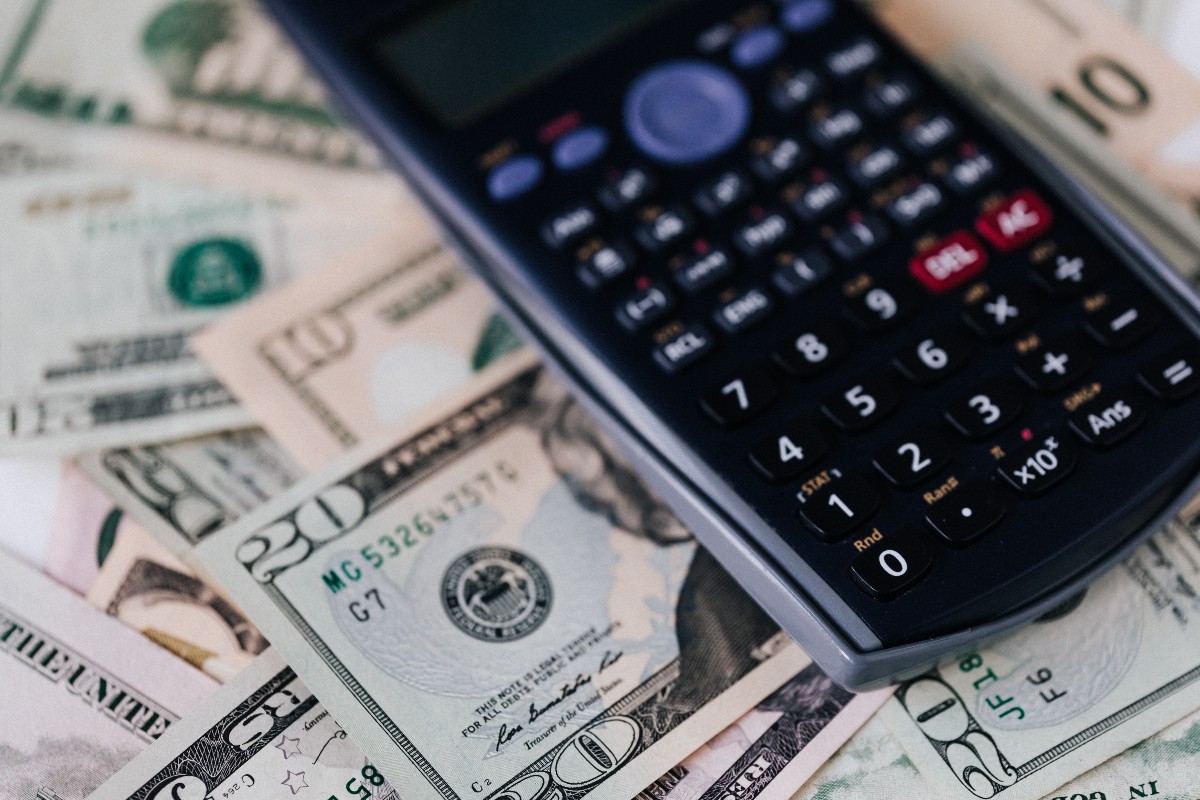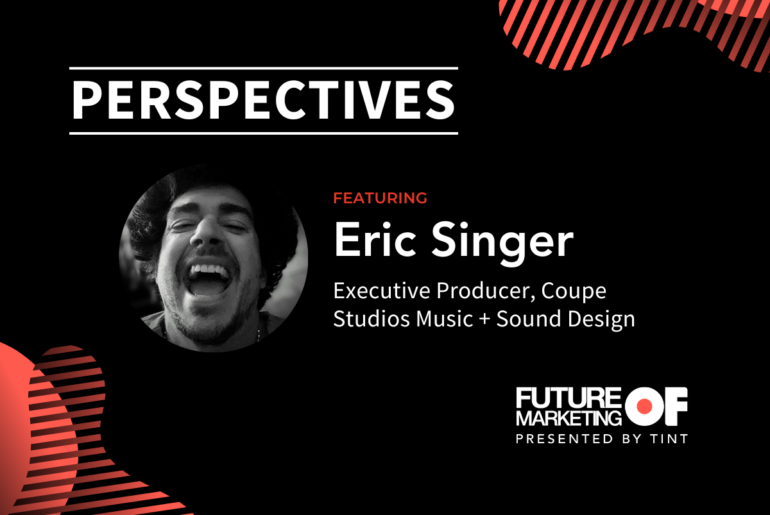The ROI of social media is more elusive than bigfoot.
Trying to figure out how much money an influencer marketing campaign helped you pull in is hard. And this isn’t new information.
Attribution has been a topic of discussion in the marketing industry for decades. Add in the rise of digital marketing and the multitude of touchpoints (physical and digital) consumers bump into on a daily basis and things are harder to figure out than how the bigfoot conspiracy started.
Discount codes and UTM links feel like the right solution—but they’re only one step in the right direction. Codes expire, people forget codes, and sometimes they decide to buy without clicking that incredibly useful UTM link. Ad spend is messy and leads to asking,
Where does that attribution go?
- SEO?
- Organic content?
- A marketing miracle?
You can measure ROI on social media by putting on your strategic marketing hat, grabbing your binoculars, and looking for the advertising equivalent of a bigfoot sighting: attribution.
But only after you’ve figured out exactly where *not* to look.
Why is Measuring Social Media ROI Difficult?
The Data and Marketing Association found that only 48% of marketers agree they get a return on investment from their social media efforts.
With top-earning social media managers making $75,000 a year and the cost of content production (especially for companies not utilizing user-generated content in their social media strategy)—this isn’t something a marketer wants to explain to their boss. Telling your CEO, CMO, or another marketing manager that you’re not sure where the 6-figures (and more!) that they put towards their social strategy went isn’t a fun conversation to have.
But it’s a conversation that can easily be avoided. The reality of social media ROI is that it involves improper and unrealistic expectations alongside a cocktail of wrong measurements. Your social media efforts are probably paying off…you just don’t have the systems set up to measure the ROI, which is making your social media strategy look bad…
Even when it’s helping.
Sarah, Head of Influencer Marketing at Mute Six explains, “When it comes to attribution, it’s tough tracking your influencer ROI when customers are seeing influencer content on their phone but purchasing on their computer, checking out with attractive email pop-up offers instead of the influencer’s discount code. To combat this, try including a one-question post-purchase survey asking how your brand was discovered. You’ll be shocked to see how many people mention “from an influencer.”
At Mute Six’s agency, they see results like these from their social media campaigns that prove just how hard social media ROI can be to nail down.
So how are companies, like Mute Six, figuring out what social media ROI looks like?
By paying attention to meaningful metrics versus vanity metrics.
What Does Social Media ROI Look Like?
You’ve heard it before: stop looking at follower counts as a means for success. This is one of the most elusive metrics in all of social media—it looks great but means nothing when it comes to conversions. Followers are a vanity metric, that unless calculated to figure out how many new followers you need on average for a conversion, means less than a TikTok video promising a bigfoot sighting.
Social media ROI actually looks like meaningful metrics. These meaningful metrics are based on your social media goals, your products, and your customer journey. These are the metrics that turn a viral moment into a massive payday or a jump in stock price.
As content marketing agency Tale points out in their case study, Ocean Spray almost doubled its stock price thanks to the viral TikTok video from Nathan Apodaca in September of 2020. The video of Apodaca skateboarding to work while drinking out of a 64 fl. ounce Ocean Spray bottle and listening to Fleetwood Mac’s Dream went mega-viral.
And Fleetwood Mac saw a huge boost in streams and (income) thanks to the viral TikTok, too. Billboard figured out that, “in the tracking week ending Oct. 8, “Dreams” garnered its best-ever weekly U.S. streams and download sales totals: 13.4 million streams (up 54%) and 22,000 downloads sold (up 197%).”
That’s what social media ROI looks like. The views of Apodaca’s viral TikTok were step one, but step two came from the doubled Ocean Spray stock price, Fleetwood’s Mac streaming numbers, and for Apodaca—6.4 million TikTok followers, signing with an agency and receiving donations, gifts, and new career opportunities.
That’s the ROI companies are looking for from social media content and ad campaigns, and here’s how to measure for it.
How To Measure Social Media ROI For Business
While Ocean Spray’s viral TikTok moment is enviable, it’s not necessarily replicable. If that were the case, we’d have seen *many* more Apodaca-type viral moments. These viral moments are like a quick bigfoot spotting. Unless you’re prepared for it, you’ll need to stop everything that you’re doing to focus on the moment—or else you’ll miss it.
And that’s not a viable business strategy. Your spreadsheets don’t like to see “Waiting for a viral moment.” They want to see metrics and sustainable numbers that show growth and progress. We’ll cross our fingers that you can get a viral moment in the future, but while you wait, let’s use strategy to our advantage.
Step One: What’s the purpose of social media for your brand?
The first step in measuring social media ROI for business is to define the purpose of social media for your brand.
- Are you a media brand that needs a huge following to find success (a.k.a get more money from sponsors)?
- Are you a hospitality brand that needs a touchpoint with your younger audience (cultivating a relationship that leads to in-person sales)?
- Are you an eCommerce brand that uses social media to get a direct conversion (conversion rates are your bread and butter)?
Social media looks different depending on your business model and what stage of business you’re in, giving different KPIs based on your set goals.
Huffington Post is looking for more eyes on their content, so they can sell their ad space and make more money. Its ad space doubles if its subscribers are also spending time on their social media platforms (guess what else can double because of that…).
If you’re a brand like Coca-Cola, you’re not using social media for brand awareness. You’re using it to create brand loyalty and cultivate relationships with your audience—who will buy Coke in stores.
All Birds uses social media for awareness, but they’re not there to get you to come in-store and check out their sustainable shoes. They want you to purchase your All Birds right on Instagram through the Shop feature.
What’s the purpose of social media for your brand?
Step Two: Research: What benchmarks are you aiming for?
With the purpose of your brand known, it’s time to figure out what benchmark you’re aiming for with your social media metrics. What insight tells you that you’re doing a good job on social media and what’s an indicator that you’re doing a bad one?
You can get these benchmarks by:
Finding aggregated information
Social Media Insider, “looked into over 22 million posts on Instagram, Facebook, and Twitter from 35 industries and created a comparison between the social media performance of 2019 and 2020,” to figure out what engagement rates to aim for based on your industry.
They found that “the average engagement rate for brands on Instagram increased in 2020 by 6.39%, from 1.09% in 2019 to 1.16% in 2020.” TINT’s 2021 State of User-Generated Content Report found that marketers are in a battle for engagement.
With 72% of marketers reporting more responsibilities than ever, and consumers quick to recognize when brands are cross-posting content rather than reformatting or posting the most relevant content to each specific social channel, engagement is the gold at the end of the rainbow. Marketers are vying for a small piece while being asked to do more work than ever before.
Looking at your competitor’s numbers
If you’re finding that benchmark reports aren’t niched enough for the metrics you’re looking for—make a list of your competitors and average their social data. Their engagement is the best way to figure out what their conversion rate looks like (more engagement = more conversions) and will tell you what you’re aiming for.
Businesses that can find their industry on benchmark reports can run competitive analyses on their best-performing competition. What company has the best social media engagement in your industry—and what are they posting? How can you post something similar, but better, that garners your ideal customer’s attention?
What benchmarks are you aiming for?
Step Three: Test and optimize
Grab your marketer’s hat because it’s time for some A/B tests. How well is your content creation helping you reach your social media goals and how does it compare to industry benchmarks?
The highest converting social media content is user-generated content. Created by fans and customers, UGC comes in the form of photos or videos sharing the experience someone is having with your brand. (You take UGC each time you go to a restaurant and share your meal to Instagram stories).
- Ads based on user-generated content receive 4 times higher click-through rates and a 50% drop in cost-per-click compared to average ads.
- One-quarter of search results (25%) for the world’s biggest brands are links to user-generated content.
- Websites with featured user content saw a 20% increase in return visitors and these websites recorded a whopping 90% increase in time spent on-site.
- Almost half of customers (48%) claim that user-generated content is a great method for them to discover new products.
- There’s a 29% increase in web conversions when websites featured user-generated content.
With UGC, you can test and optimize content—without waiting for your team to ideate, produce, edit, and approve. Instead, you can focus on asking questions like: which content is performing the best and how can we incentivize UGC so your fans and customers create more of it?
Step Four: Calculate how much you spend on social media
Figure out your quarterly social media costs, your monthly costs, and your weekly costs to nail down what an ROI is defined as for your company. This is your opportunity to see what you can live without, and what investments could help you spend less (and make more).
For example with UGC increasing conversions and decreasing production costs, you can make more from your social media strategy. You won’t need a 7-figure production budget to put out daily content. You can tap into UGC, which will get more engagement than your brand-created content, to keep your socials updated with new content.
You find UGC and make sure it’s attention-grabbing with technology like Attention Score. Attention Score gives you a look behind the eyes of your audience to visualize how content will be perceived before you publish showing you which CTA or image is better.
How much are you spending on social media (and where you can adjust your budget for an increased conversion rate)?
Step Five: Track the right performance metrics
The final step to measuring the ROI of social media is to track the right performance metrics. This is where it all began. You can’t find bigfoot if you’re looking for him in Tulum (he has yet to be spotted sunbathing by the ocean). You can only find him if you look where he’s been spotted before (*supposedly spotted*).
Tracking the right performance metrics is based on your social media marketing strategy. What does success mean for your brand based on your business model and the stage of business you’re in?
Performance metrics to track are:
- Followers
- Story views
- Impressions
- Reach
- Engagement rate
- In-person campaign discount codes
- Influencer discount codes
- UTMs
- Offer conversion rate
- Product conversion rate
- Campaign metrics vs. daily content
Here are some guidelines for what to track based on your business model, but these are just a suggestion. Make sure to take the time to figure out what metrics best show you a social ROI (because that’s the whole point, right?!):
Are you a media brand that needs a huge following to find success (a.k.a get more money from sponsors)? Track: Followers, story views, impressions, reach, engagement, etc.
Are you a hospitality brand that needs a touchpoint with your younger audience (cultivating a relationship that leads to in-person sales)? Track: Followers, Story views, impressions, reach, engagement, campaign discount codes, etc.
Are you an eCommerce brand that uses social media to get a direct conversion? Track: Impressions, reach, engagement rate, offer conversion rate, product conversion rate, campaign metrics vs. daily content, UTM parameters, etc.
What are the right metrics to track your social media marketing ROI?
The ROI of social media is *less* elusive than bigfoot
It’s tempting to say that the ROI of social media is elusive and difficult to find, but that might just be an illusion. Finding your social media ROI comes down to getting your numbers right.
What metrics really matter and how can you best work your way backward to figuring out customer acquisition channels?
As Mute Six finds with their post-purchase surveys…the answer to attribution is there. It’s just a matter of taking the time to find it.
Use these 5 steps to measure the ROI of your social media efforts, strategically spending your time and money in the right places (and on the right content):
Step One: What’s the purpose of social media for your brand?
Step Two: Research: What benchmarks are you aiming for?
Step Three: Test and optimize
Step Four: Calculate how much you spend on social media
Step Five: Track the right performance metrics
And keep an eye out for the future of marketing. New tools, trends, and algorithm changes will determine how attribution works in the future—and what marketers need to set up to keep their attribution systems working seamlessly.
Join 20,000+ other marketers getting weekly updates on the Future of Marketing, like what’s the latest in attribution, to ensure you’re always getting an ROI from your social media marketing efforts.





